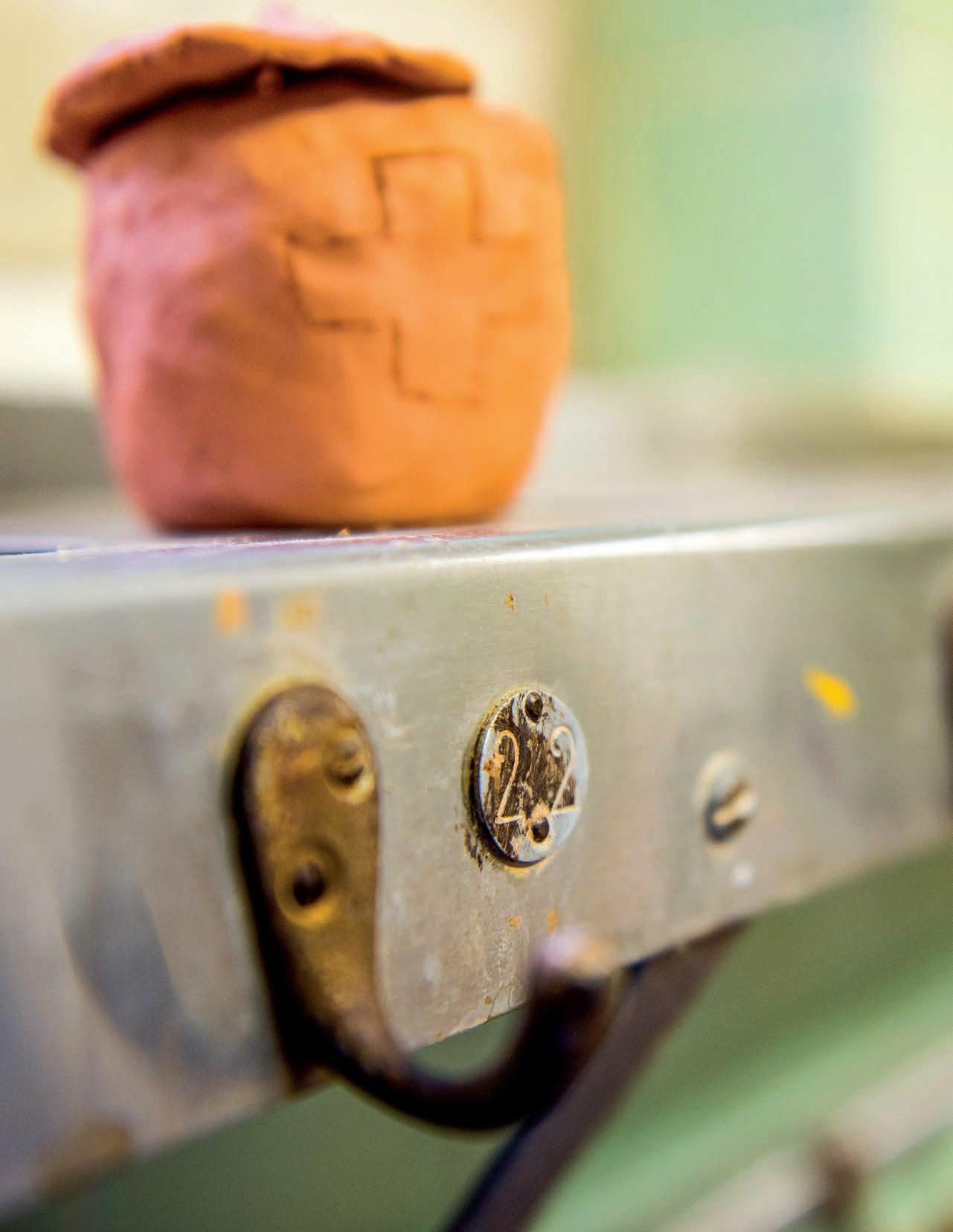
4 minute read
University of Alberta Vision and Mission
Introduction
As part of the struggle to address colonialism and its subjugation, Indigenous Peoples have continuously fought against the systems and structures, laws and practices meant to disempower — to assert Indigenous rights and seek a just relationship with the state and beyond.
At the University of Alberta, the work of Indigenous advocates and allies has led to the truly impactful Indigenous programs, initiatives and course offerings that we know and celebrate today, such as the Faculty of Native Studies, the Transition Year Program, the Aboriginal Teacher Education Program and the Specialization in Indigenous Peoples Education graduate program, to name but a few. This plan acknowledges the courage and strength of the Elders, Knowledge Keepers, Indigenous leaders and allies who “walked the path” to bring about the changes that have allowed us to reach the place we are at in the journey towards Indigenous sovereignty and wellness.
Participants in the Young Indigenous Women’s Circle of Leadership are taught wahkohtowin, where they are encouraged to build and strengthen their relationships with all the world. They engage in land-based learning such as medicine walks, where they are taught to recognize plants and the proper protocols for picking.
Number tags remain beside coat hooks in the mud rooms of the former Blue Quills residential school in St. Paul, Alta., a reminder that students were often referred to by number in place of their given names. The site of the former residential school is now the University nuhelot’įne thaiyots’į nistameyimâkanak Blue Quills, an Indigenous‑ run educational institution founded in 1971. To the children who did not make it home from the residential school system, we honour your memory by telling the truth of these experiences in the hope that it will never happen again and that you will never be forgotten. To the survivors and their families, we acknowledge the cruelty of these experiences and the longterm impact on attendees, their descendants and the community through intergenerational trauma. Bringing these silenced experiences forward is part of the path toward healing: truth first. “Getting to the truth was hard, but getting to reconciliation will be harder. It requires that the paternalistic and racist foundations of the residential school system be rejected as the basis for an ongoing relationship. Reconciliation requires that a new vision, based on a commitment to mutual respect, be developed. It also requires an understanding that the most harmful impacts of residential schools have been the loss of pride and self-respect of Aboriginal people, and the lack of respect that non-Aboriginal people have been raised to have for their Aboriginal neighbours. Reconciliation is not an Aboriginal problem; it is a Canadian one. Virtually all aspects of Canadian society may need to be reconsidered.”2

Truth and Reconciliation Commission of Canada
The context of this journey is critical and it is only recently that a more collective understanding of the history that continues to shape the historical and lived experiences of Indigenous Peoples has emerged.
The work of the Truth and Reconciliation Commission of Canada (TRC) marked a pivotal shift in public awareness about Indigenous Peoples and histories. With its final report released in 2015, the TRC revealed to Canadians the complex truth about residential schools, documenting the individual and collective harms perpetrated against Indigenous Peoples. The TRC focused on truth telling as a path towards healing for Indigenous Peoples and between Indigenous Peoples and non-Indigenous communities, churches, governments and Canadians generally.
While only a part of our history, the TRC’s difficult work amplifying the voices of residential school survivors offered an opening to a critical discussion about other aspects of the Indigenous colonial experience, including legal dispossession, cultural and linguistic destruction, and restrictions against the right to gather, vote, practice ceremony and attend post-secondary institutions, among many others. It is important to recognize that the pervasive restrictions against Indigenous Peoples, often regarded as historical in nature, persisted and persist, and that the harmful legacy of those measures is still felt to the present day as systemic racism and barriers.
The TRC issued 94 far-ranging Calls to Action urging governments and other entities, including post-secondary institutions, to work together to repair the harm caused by residential schools and to move forward with reconciliation more broadly. Of particular relevance to postsecondary institutions is the legacy of the assimilative practices of the residential school system on the educational attainment of Indigenous Peoples as well as the challenge to address those.
The TRC noted that universities are uniquely and powerfully positioned to enact reconciliation. The Calls to Action touch on every aspect of the university mandate, with work in teaching, learning, research and community engagement. Reconciliation starts with work across these spaces, asking key questions and looking at the history, policies and practices that shape our current reality in order to tackle systemic racism and dismantle the structures that continue to disadvantage in order to make things right.
Truth and Reconciliation Commission of Canada, Honouring the Truth, Reconciling for the Future









